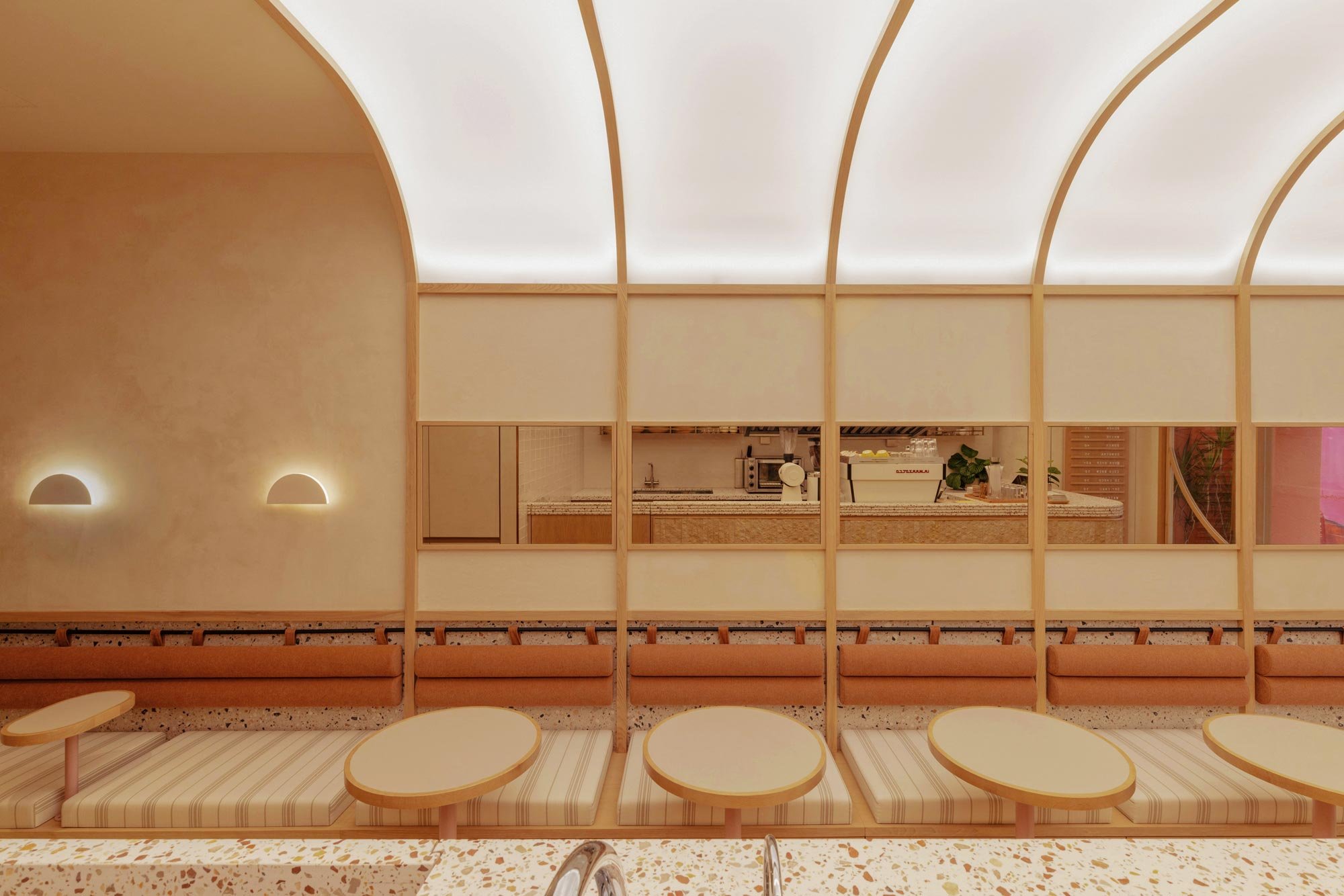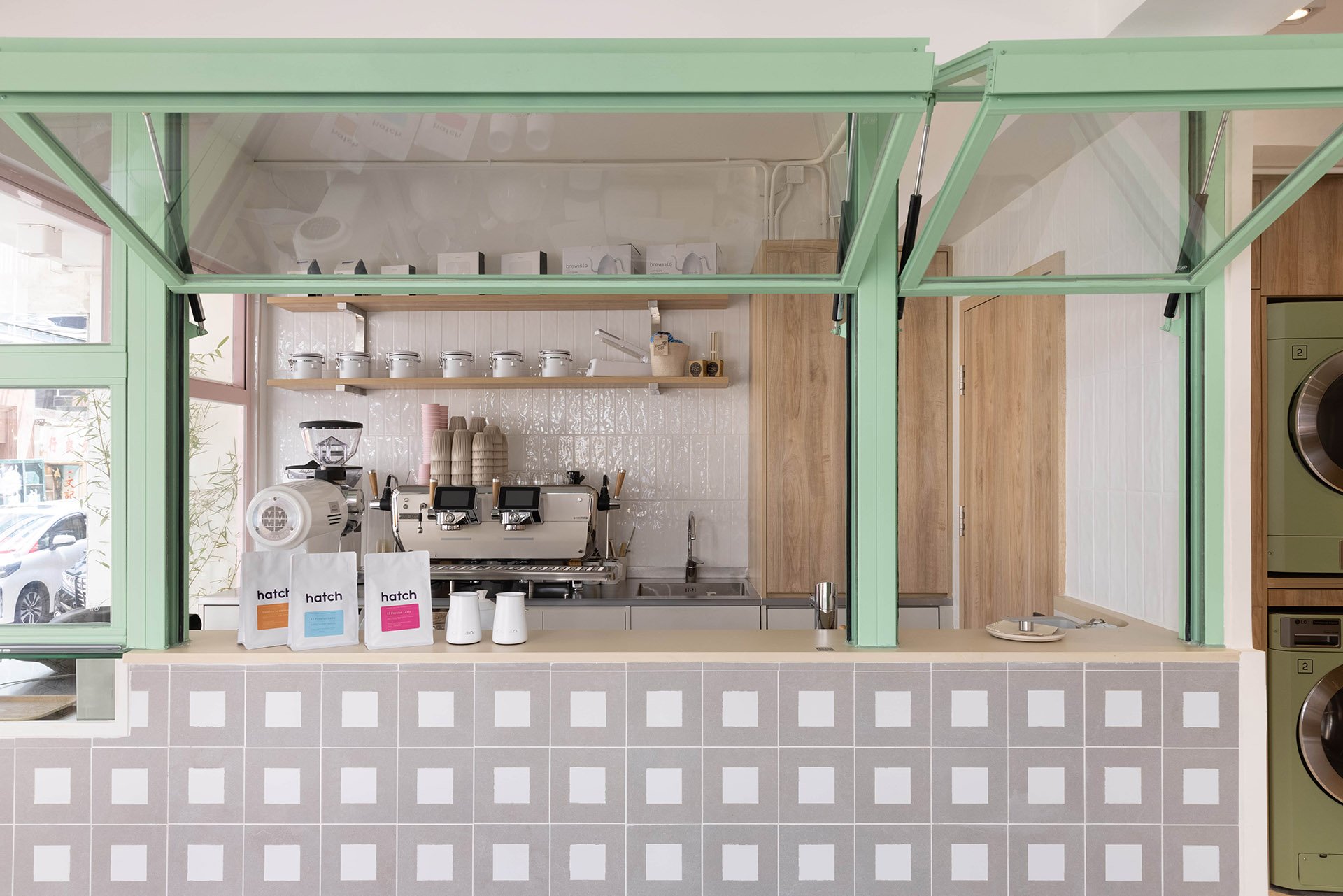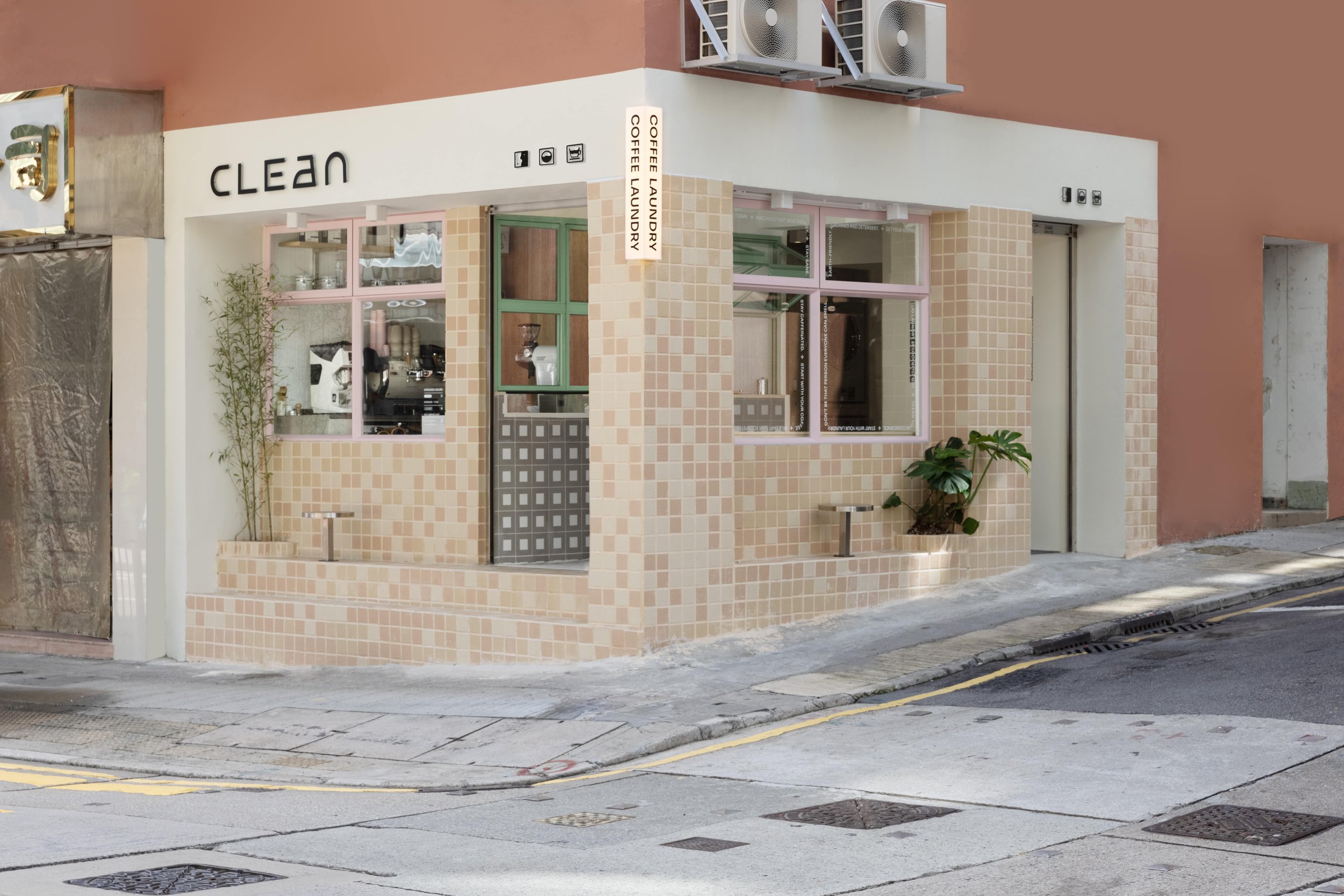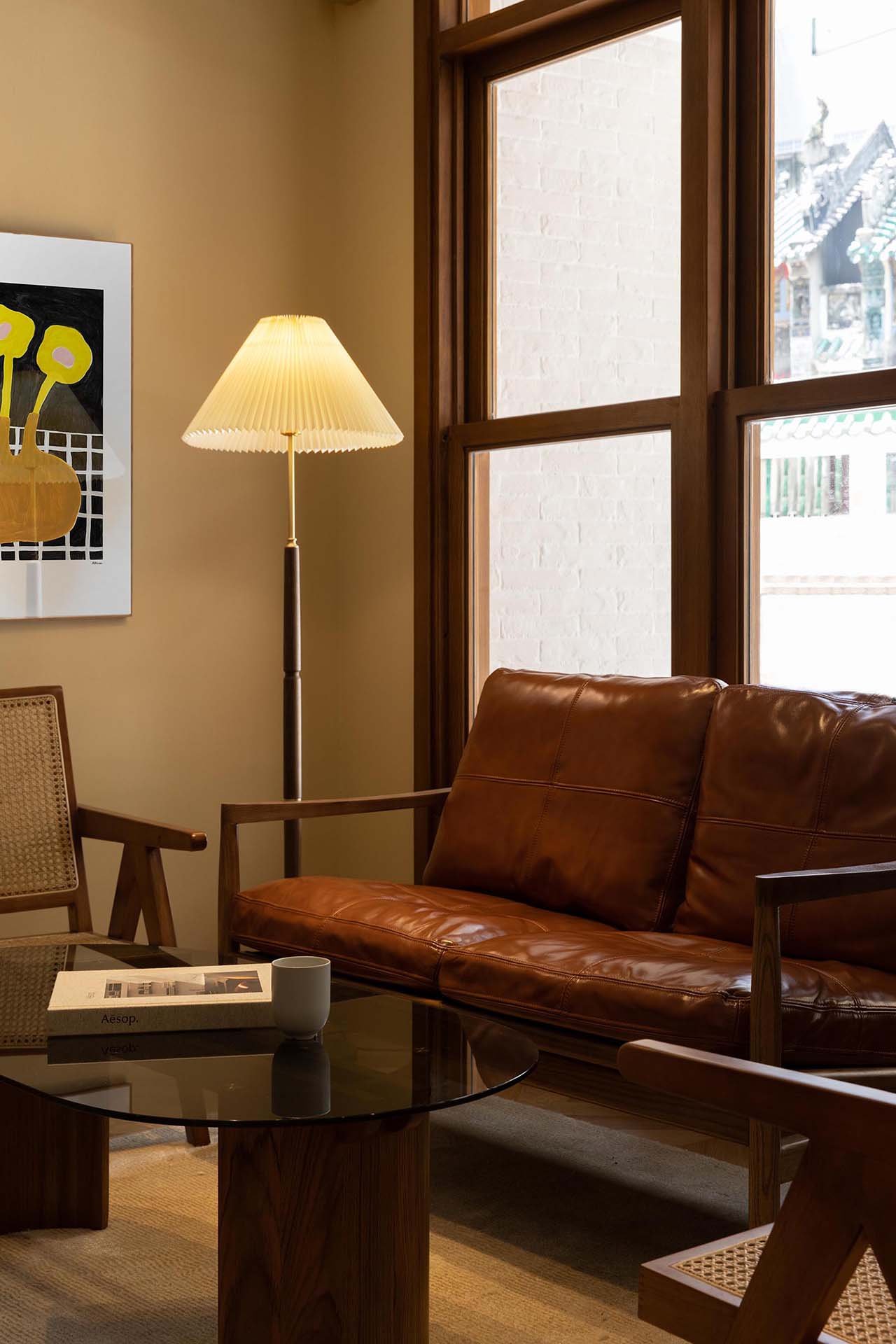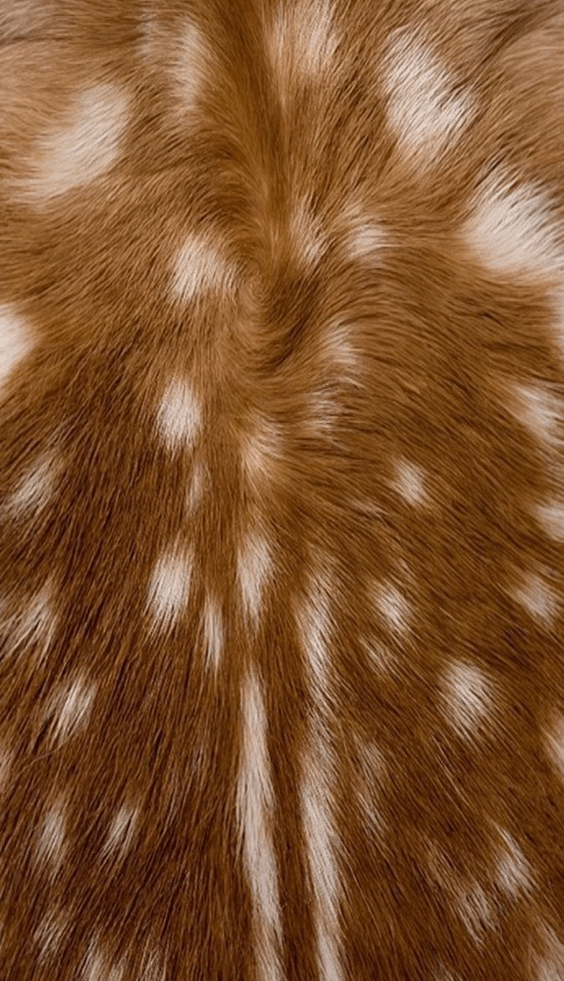9 Questions to Ask Before Starting an Interior Design Project.
Whether you’re reimagining a brand new destination, shop space, or the home of your dreams, every project is unique and has its requirements. Together with our interior designers at House of Forme, we’ve compiled a list of questions that will guide you through a smoother journey of what to expect when creating your next interior design project, within your budget and timeline.
1. Who are the target users of this space?
Understanding how clients intend to use the space ensures both functionality and aesthetics, and is a key element of the design process. Whether it be a massive built-in wardrobe for a fashion-loving family, or brightly-lit false ceilings and bright palettes for the California-inspired Melrose Coffee, identifying the lifestyles and personalities of your end-users helps preserve both creativity and purpose within your interior design project.
2. What are 5 words to describe your desired outcome?
Specific attributes or emotions can be easy signifiers that help define your vision, and enable a better understanding of the direction, detailing, and approach to take over the course of the project. One example includes the retail space we created for Hong Kong metalwork shop Sunsmith, of whom we developed the keywords ‘experiential’, ‘artisanal’, ‘efficient’, and ‘traditional', reflecting our client’s synergy with both the modern and the traditional, and also their emphasis on craft and detail.
3. How will the space be used day-to-day?
Understanding your client’s operations, lifestyles, and patterns of thinking determines how best to showcase what matters - a retail space that displays your client’s products, or an enclosed area for private parties and functions. Our design for CLEAN incorporated the operations of its unconventional hours, with bi-fold windows by the bar and the option of partitioning the shop’s 24/7 laundry area. The shelves for our headquarters serve not for practical storage but act as a physical inspiration board for both our clients and our team.
4. What are the advantages and limitations of the location?
Depending on whether you already have an existing location, there may be specific structures or features you would want to keep or change in the current space. Understanding your site is crucial for not only identifying its limitations but also for using or even highlighting existing features to your advantage.
With only a few hundred square feet to spare, CLEAN’s interior was an exercise for platforming its unique brand personality whilst fully maximizing the space. We retained the high steps from its original structure to make for outdoor seating and optimized its outside space as a corner shop upon Queen’s Road West.
5. What’s your timeline?
A good interior designer knows your interior design project timeline is essential for an awareness of your project's feasibility and practicality (i.e. plan ahead!). If your space requires bespoke furniture, could you source materials internationally in a timely manner, or should you consider locally-sourced new furniture? International sources often take up from 6 to 8 weeks including production and shipping, and the project can also be set back because of factory closures during regional holidays.
One example is the 6-month retail pop-up of Lovemark Diamond in Harbour City Hong Kong. Due to the limitations on opening hours for the shopping mall, Lovemark had to be built within 1 night. To take this into account, all materials were prefabricated and approved in the factory, leaving only assemblage to complete on-site. This jewellery shop had a shorter lifespan which meant keeping costs to a minimum, and the use of temporary solutions like floral arrangements that would prove unsustainable or too high-maintenance if the space were permanent.
6. What’s your budget for construction?
Much like the factoring in of your timeline, knowing your budget for interior design project construction beforehand helps manage expectations on both sides. Having a realistic understanding from the very beginning allows you to start planning the kinds of materials, contractors, details you can afford to implement, and features you may have to compromise on. When thinking about your interior design expenses, you should also list down all possible lower cost alternatives and set realistic expectations.
7. Do you have a design board?
Sometimes words fail us, and a collection of images speak in ways we never could. We love sharing ideas with clients, and many of them approach us with a thoroughly researched vision board interior design ideas flow freely from. Are there any inspiring ideas or styles that you could add to your mood boards during your design phase?
Naming particular examples of existing architecture or interiors can also help interior designers better gauge your favourite materials and colours. Alternatively, clients may already have an idea of a brand or product line they want to include, and this will be coordinated and complemented by the rest of the design.
Both versions of design boards help to narrow down furniture and lighting options and assist our understanding of our client’s personality and style.
An example involves our work on the Nordic cafe Hjem, inspired by the warm burgundies of the client’s hometown in Norway. Our collaborative research and inspiration for an authentic experience informed our design choices of herringbone smoked oak floors, rough plaster walls, and custom teak panels. These warm walnut tones and minimalistic furnishings successfully created a home away from home.
8. Are there any other features unique to your project?
Every space requires a custom approach that aligns with the project’s function and purpose. Sometimes, locational details can be integrated into the design, but more often we must carve out our own spaces so they can be properly utilized. An example of specific features includes Frozen Factory’s unconventional cloudy azure walls and Tong-Lau style flooring, taking cues from its neighbourhood demographic of traditional Hong Kong families and the surrounding wet market and fishing docks. Also worth mentioning is L.A.-inspired Melrose Coffee, for which we incorporated outdoor tiles and materials for its design and construction of an open kitchen and bar, reflecting the sun-bleached surfaces of California, U.S.A.
9. Do you have the right artisan?
For both an interior designer and a client, knowing the skill sets available in your locality and finding the right contractor helps immensely with meeting key deadlines, getting quality work, and facilitating good communication when issues arise. From the rules and limitations of location-specific licensing to finding uncommon expertise, searching for the right artisan ensures your design presentation can be matched accordingly to standards, right down to the details.
We hope you’ve enjoyed reading this article as much as we’ve enjoyed writing it. Subscribe below to receive exclusive insights into the world of bespoke design, or schedule a free consultation to see how we can help your brand. We are committed to improving the interior design of your commercial business in HK.

